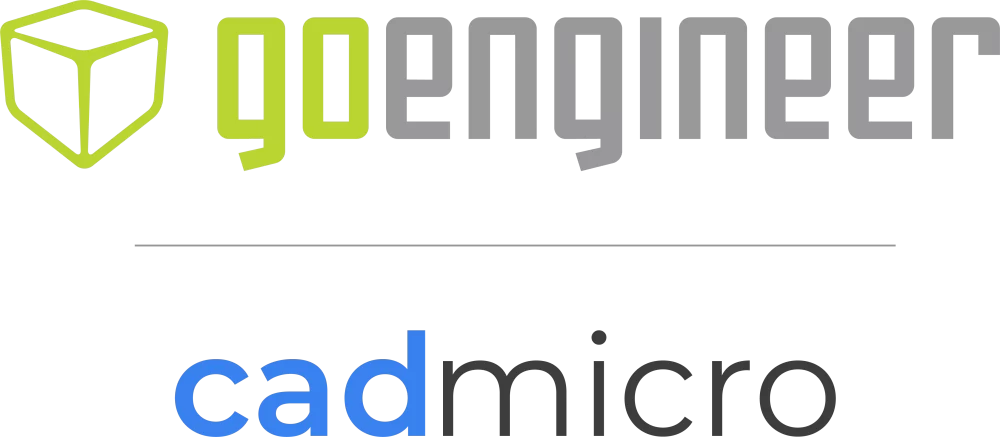As the world becomes more technologically advanced, many industries are experiencing a labour shortage due to the lack of skilled workers. This problem is particularly prevalent in Canada, where an aging population and low birth rates are exacerbating the situation, and in the manufacturing industry, where skilled labour is in high demand. Fortunately, adopting industry 4.0 technology can help address this issue by automating tasks, optimizing processes, augmenting workers, and creating new jobs.
Additive manufacturing has been revolutionizing the manufacturing industry as it enables companies to produce complex parts quickly and at a lower cost than traditional methods. We saw a spike in adoption during the COVID pandemic and ensuing supply chain issues, as businesses faced major disruption to their typical supply chain. Additive manufacturing is well positioned to help address the labour shortage as well. Check out a few ways adopting 3D printing can help Canadian businesses overcome the labour shortage:
1. Automate repetitive and time-consuming tasks
In manufacturing, tasks like creating molds, fixtures and tooling are repetitive, time consuming, and require specialized skills that are affected by the labour shortage. Fewer people are going into skilled trades like these, and as the older population retires, finding and retaining the necessary talent will continue to be an issue. By using 3D printing to produce these parts as needed, manufacturers can reduce the time and labour required for traditional machining and assembly methods. This frees up workers to focus on higher-level tasks that require critical thinking and problem-solving skills.
2. Augment workers’ capabilities
Additive manufacturing enables the creation of complex parts that simply aren’t possible through other, traditional methods. By using additive manufacturing to create custom jigs and fixtures, workers can perform tasks with greater precision and accuracy, leading to higher quality products and improved customer satisfaction.
3. Create new jobs that require specialized skills
In order to adopt additive manufacturing into a workflow, designers and engineers are needed to create 3D models and optimize them for printing. Technicians are required to operate and maintain the 3D printers and post-processing equipment. These jobs offer higher pay and require advanced skills, making them attractive to workers seeking new opportunities. Canadian colleges and universities are embracing the move to additive manufacturing, and many now offer programs and courses designed to teach the next generation of workers what they need to know to effectively leverage additive manufacturing in industry. By creating these new jobs, additive manufacturing can attract and retain highly skilled workers, which is essential for a knowledge-based company.


